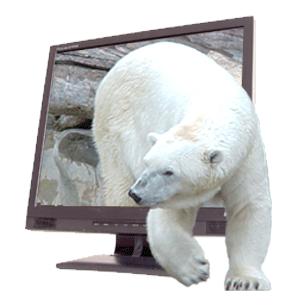Analyze human capabilities for exploring and understanding the universe, including technologies and programs that support such exploration.
| (a) |
Identify the major advances of the Canadian, North American, and other space programs that have enabled space probes and human spaceflight exploration of the solar system and universe. |
| (b) |
Use a technological problem-solving process to design and evaluate a prototype of a habitable space vehicle that could support human exploration beyond our solar system to a student-selected destination. |
| (c) |
Identify potential physical and psychological barriers to exploring and/or living in the universe beyond the inner solar system. |
| (d) |
Calculate theoretical values of the time for light or spacecraft at a given speed to travel to a distant star or other astronomical object. |
| (e) |
Conduct appropriate research and defend a given position on the economic and societal benefits of space exploration. |
| (f) |
Describe particular technologies designed to explore natural phenomena, extend human capabilities, or solve practical problems related to exploring and understanding the universe (e.g., quadrant, astrolabe, cross-staff, optical telescope, star chart, radio telescope, satellite, space-based telescope, unmanned probe, and robotics). |
| (g) |
Describe and apply techniques for determining the position of objects in space using the horizontal (e.g., azimuth and altitude) and equatorial coordinate systems (e.g., declination and right ascension). |
| (h) |
Provide examples of how Canadian research projects in space science and technology are supported by governments, universities, and private agencies. |
| (i) |
Research space science careers in Canada (e.g., astronauts, astrophysicists, materials technologists, pilots, and computer programmers). |
| (j) |
Describe possible positive and negative effects of a particular scientific or technological development related to space exploration, and explain why a practical solution requires a compromise between competing priorities (e.g., describe effects such as the spinoffs from space technologies to everyday usage and the potential military use of space exploration, and recognize the need to evaluate these effects). |









The video is an excellent resource for team building and teaching students what can be accomplished with teamwork, dedication and a strong work ethic.







Part Two looks at space and space exploration. Scientists are devising ways to explore and colonize space that are cost effective. The Jet Propulsion Lab is exploring various options for propelling rockets into space. There is also discussion about Pluto and its status as a planet.
Part Three shows what goes on inside the sun. It discusses solar flares, solar radiation, sun spots, and their impact on earth. An accompanying lesson plan can be found online at http://school.discoveryeducation.com/teachersguides/pdf/earthscience/ds/discover_magazine_the_solar_system.pdf
Teachers are encouraged to use segments of the program that relate directly to curriculum outcomes.





